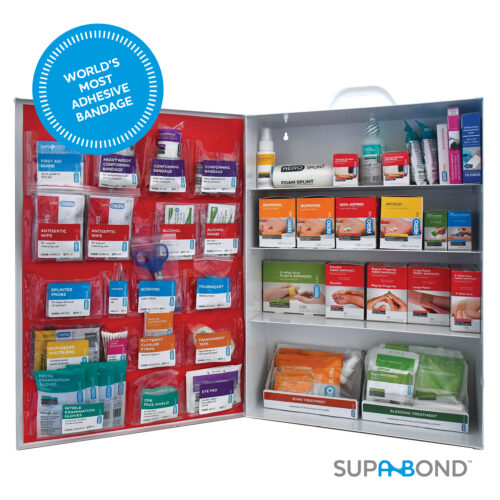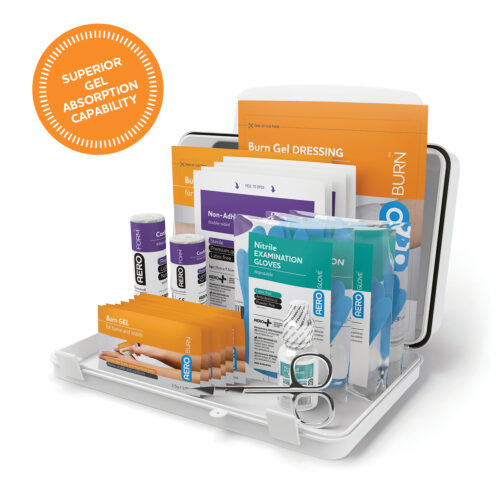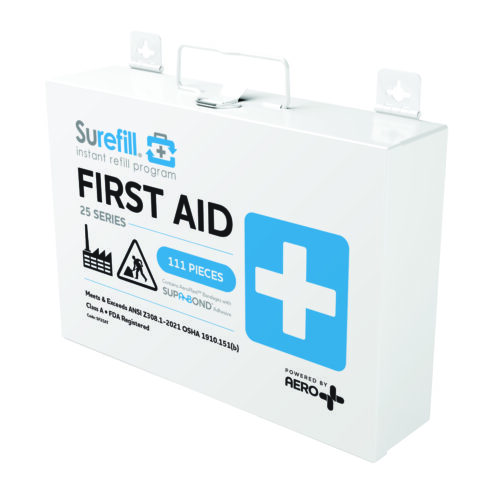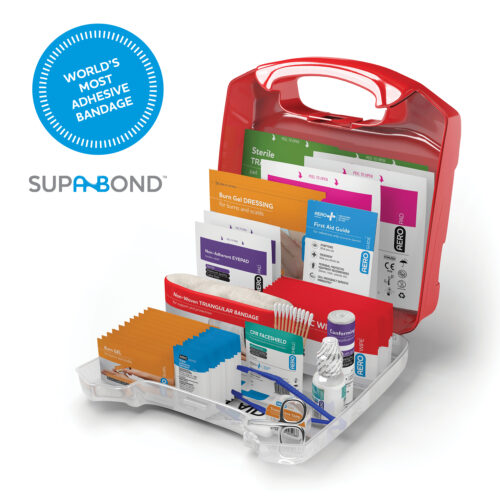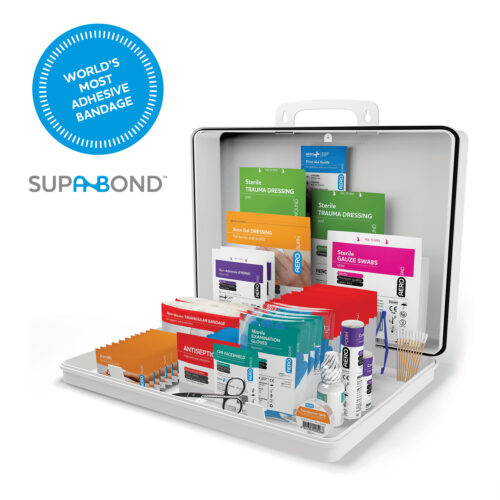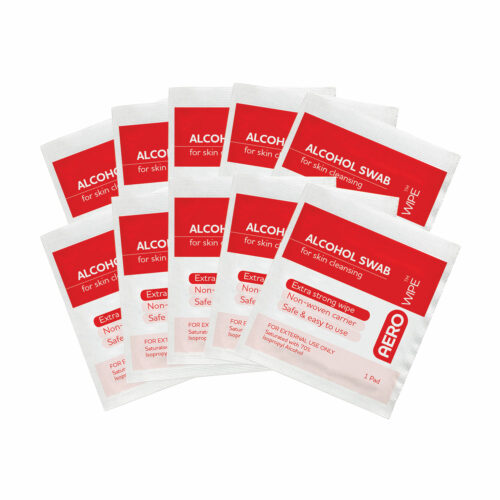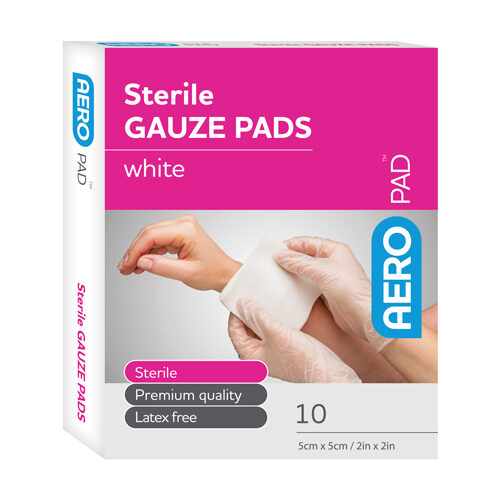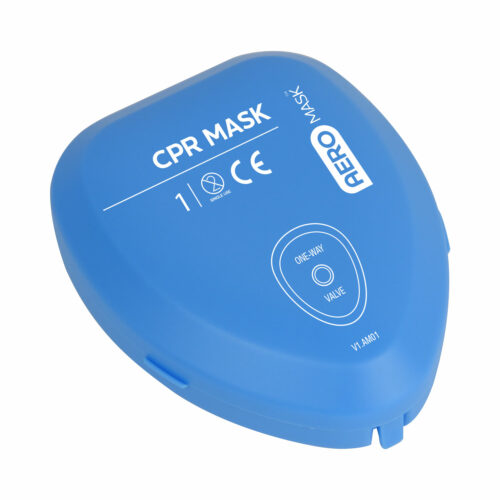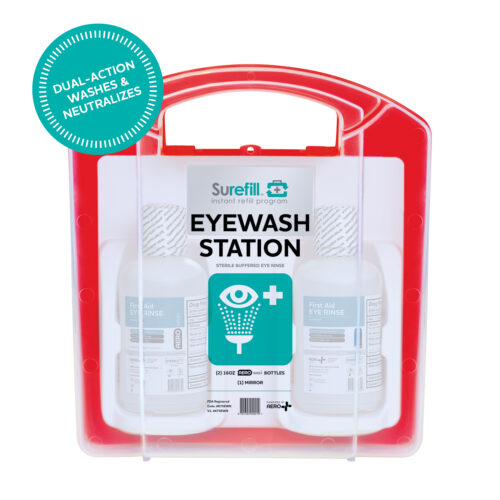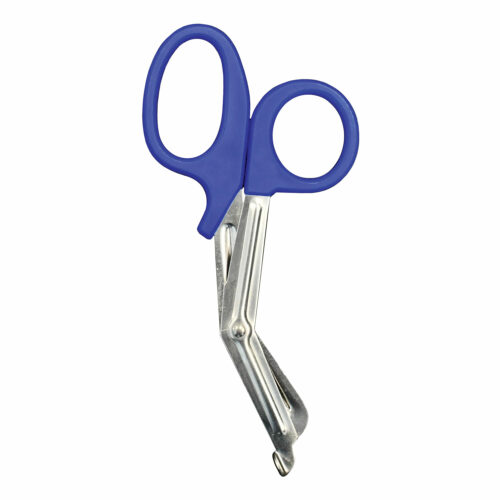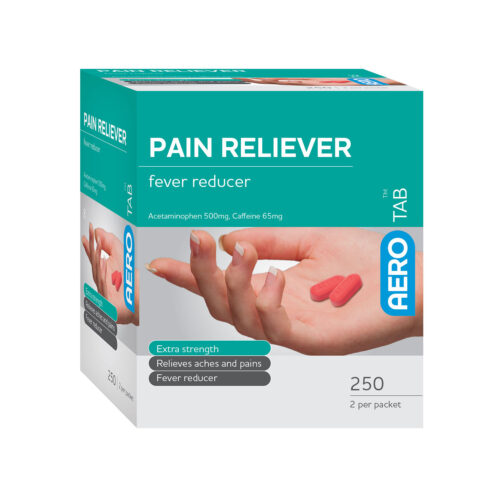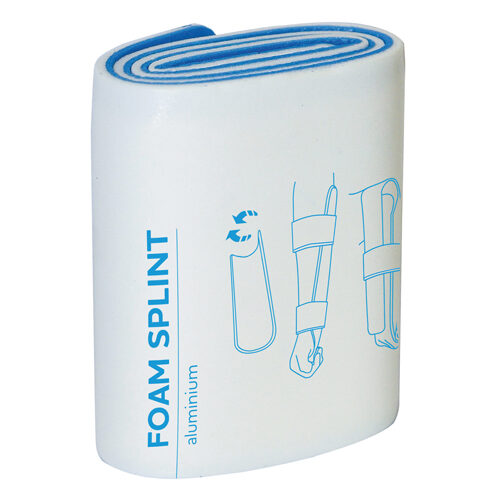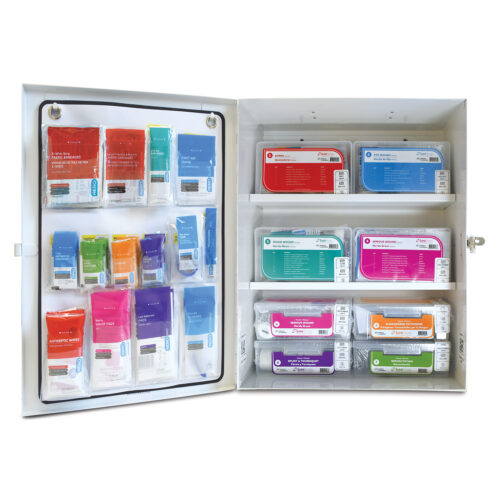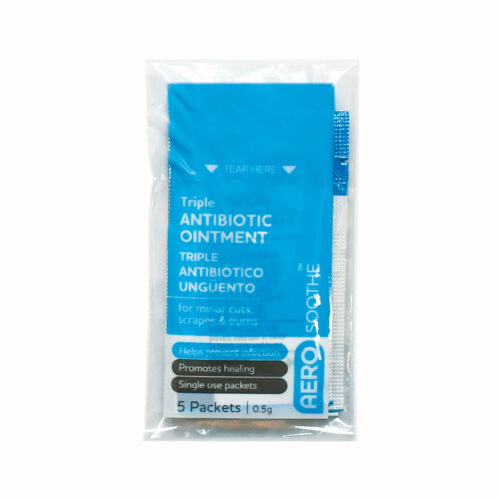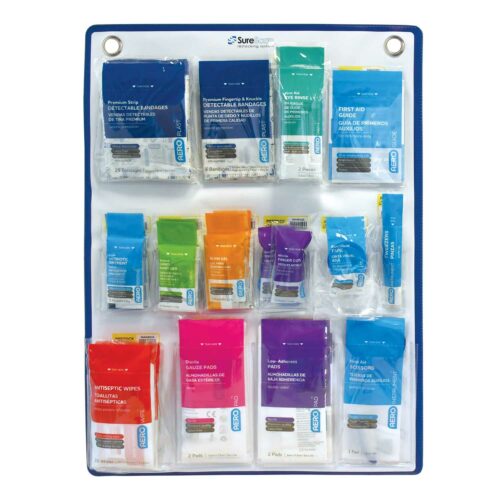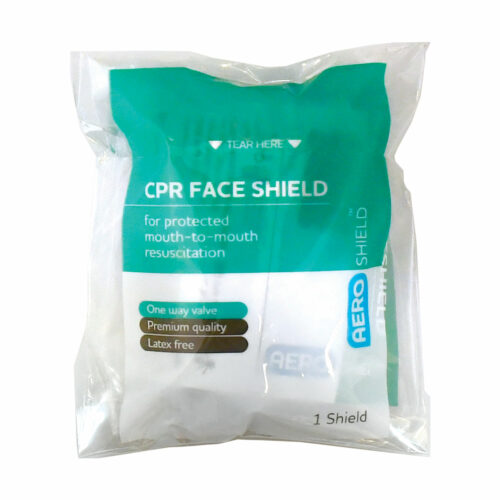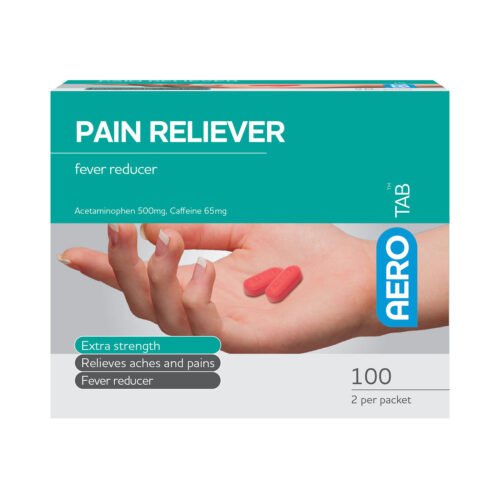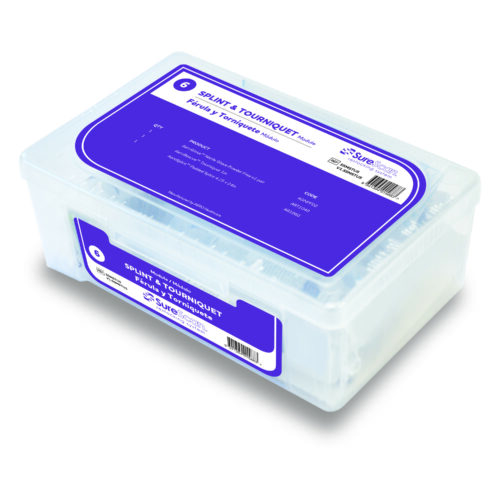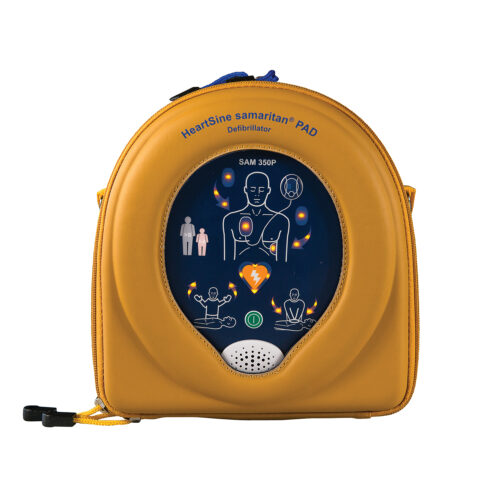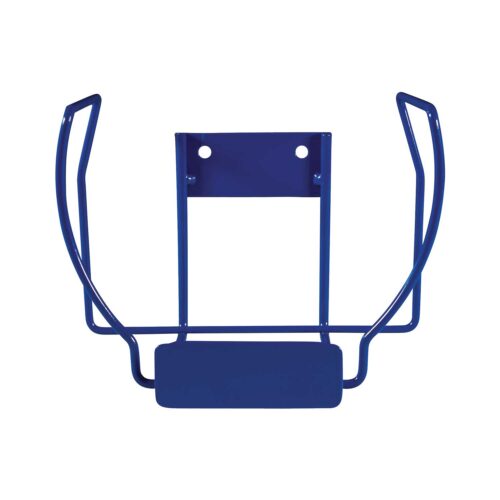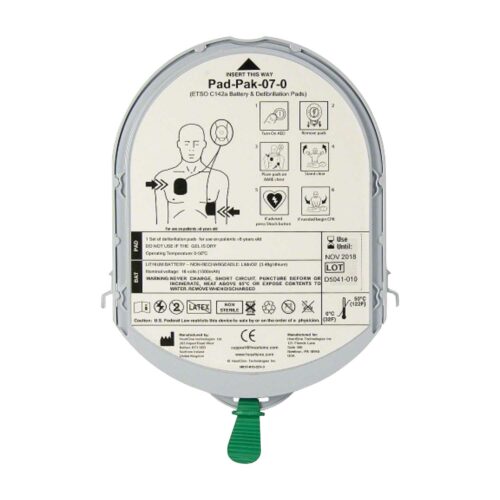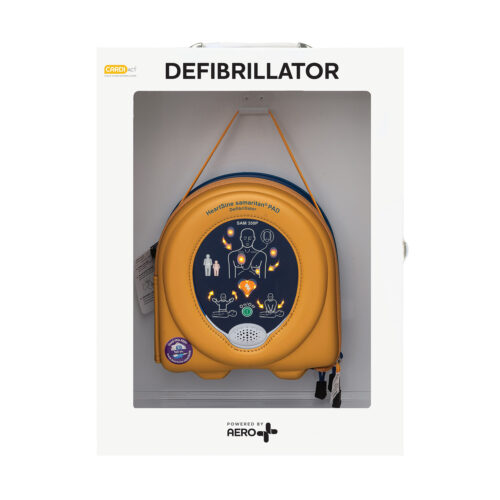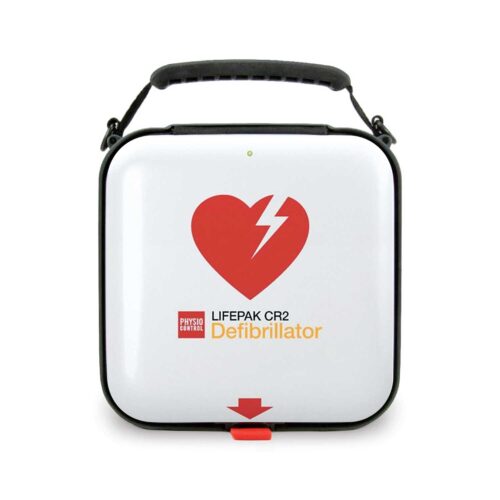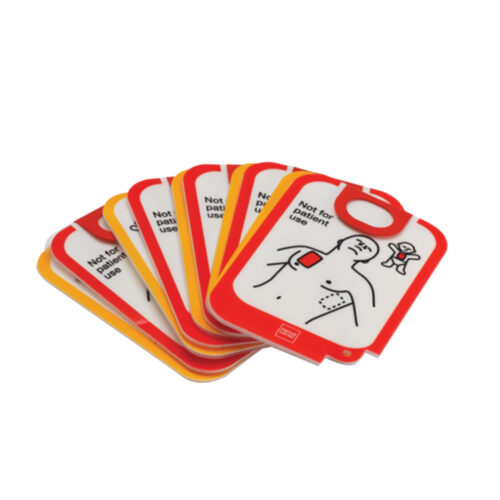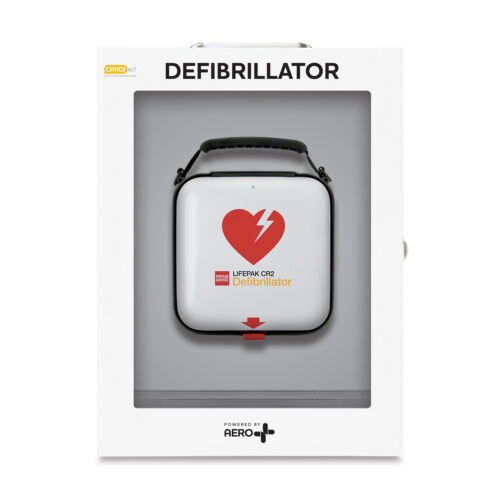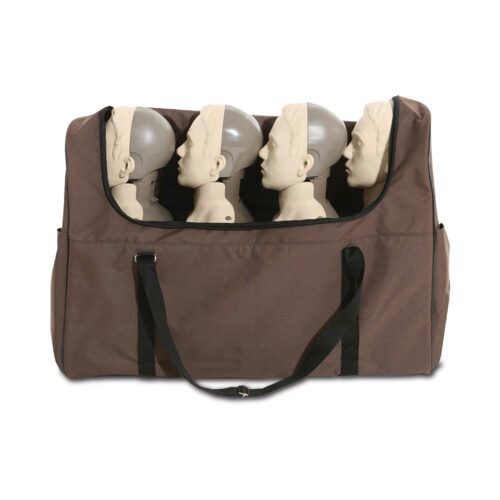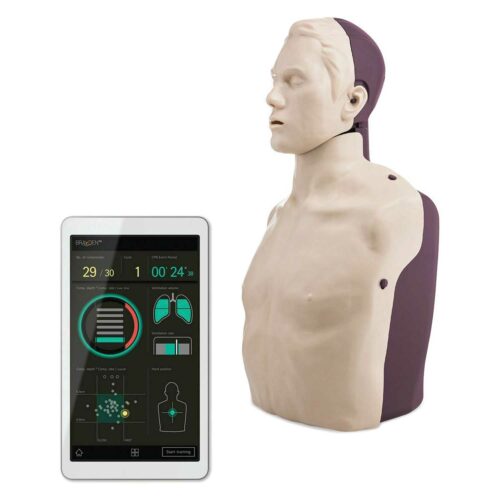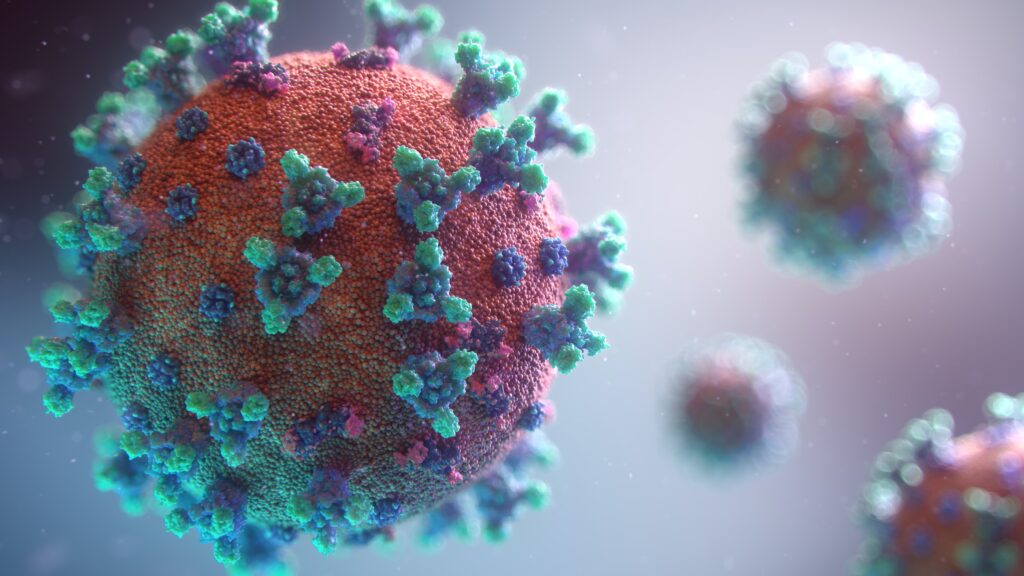
Introduction
First aid is a vital skill that enables individuals to provide immediate assistance to someone who is injured or experiencing a medical emergency. While the benefits of providing first aid cannot be overstated, it’s also essential to understand the potential risks involved, particularly when it comes to the transmission of infectious diseases. Unfortunately, some believe that personal protective equipment is unnecessary when providing first aid, however, this unfortunately untrue and the degree of PPE required varies depending on several circumstances. It’s important to remember that the first step in responding to life-threatening situations is to always assess the situation and identify any possible dangers to yourself, including the risk of transmission of infectious diseases.
Here we briefly discuss what is your risk of getting infected with a disease while giving first aid care along with what PPE and precautions you can take to mitigate those risks.
Factors Influencing the Risk of Infection
- Nature of the injury or illness The type of injury or medical emergency you are dealing with can significantly impact the risk of infection. Open wounds, blood, or other bodily fluids may carry a higher risk of spreading infectious diseases. Additionally, certain illnesses like respiratory infections can be transmitted through droplets in the air.
- Personal Protective Equipment (PPE) Using appropriate PPE is crucial in reducing the risk of infection. Gloves, face masks, and eye protection can help create a barrier between you and the person you’re assisting. Be sure to choose the right type of PPE for the specific situation you’re in.
- Hand hygiene Proper hand hygiene plays a significant role in preventing the spread of infection. Washing your hands thoroughly with soap and water before and after providing first aid can help minimize the risk of infection. If soap and water are unavailable, using an alcohol-based hand sanitizer is an effective alternative.
- Vaccination status Being up-to-date on vaccinations can reduce your risk of contracting certain diseases. Ensuring that you have received the appropriate vaccinations, such as the seasonal flu vaccine and the COVID-19 vaccine, can offer additional protection when providing first aid.
- Exposure to infectious agents The risk of infection is higher if you are providing first aid in an environment where infectious agents are present, such as in crowded spaces, hospitals, or disaster zones. Being aware of your surroundings and taking precautions can help lower the risk of infection.

Minimizing the Risk of Infection
To minimize the risk of infection while giving first aid care, follow these best practices:
- Always use appropriate PPE and ensure that it is readily available. All good first aid kits should have nitrile gloves.
- If delivering CPR, if possible, use a CPR mask.
- Practice good hand hygiene by washing your hands thoroughly before and after providing first aid.
- Stay up-to-date on your vaccinations and encourage others to do the same.
- Be knowledgeable about the signs and symptoms of infectious diseases and take appropriate precautions when necessary.
- If you believe you have been exposed to an infectious agent while providing first aid, seek medical advice promptly.

Conclusion
While providing first aid care is an essential skill that can save lives, it’s important to be aware of the potential risks involved, including the risk of infection. By understanding the factors that influence infection risk and taking steps to minimize those risks, you can continue to provide life-saving assistance while protecting yourself and others from the spread of infectious diseases.
Further information can be found at the following:
- World Health Organization (WHO). (n.d.). Personal Protective Equipment (PPE) in the Context of Filovirus Disease Outbreak Response. Retrieved from https://apps.who.int/iris/bitstream/handle/10665/137410/WHO_EVD_Guidance_PPE_14.1_eng.pdf
- Centers for Disease Control and Prevention (CDC). (2020). Hand Hygiene Recommendations: Guidance for Healthcare Providers about Hand Hygiene and COVID-19. Retrieved from https://www.cdc.gov/coronavirus/2019-ncov/hcp/hand-hygiene.html
- American Red Cross. (n.d.). Preventing Disease Transmission. Retrieved from https://www.redcross.org/take-a-class/instructors/preventing-disease-transmission
- American Heart Association. (2020). Interim Guidance for BLS, ACLS, and PALS Training During COVID-19. Retrieved from https://cpr.heart.org/-/media/cpr-files/resources/covid-19-resources-for-cpr-training/covid19_training_memorandum.pdf


